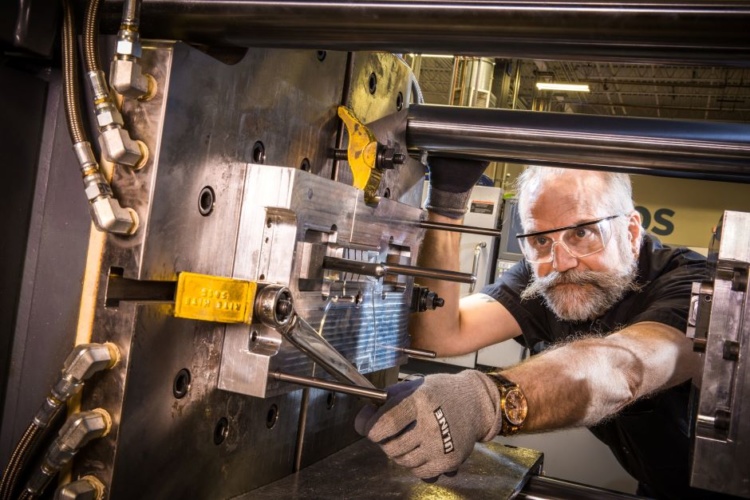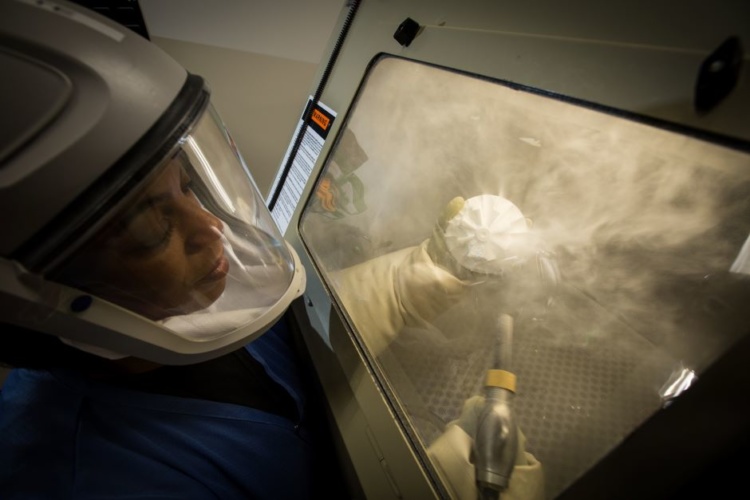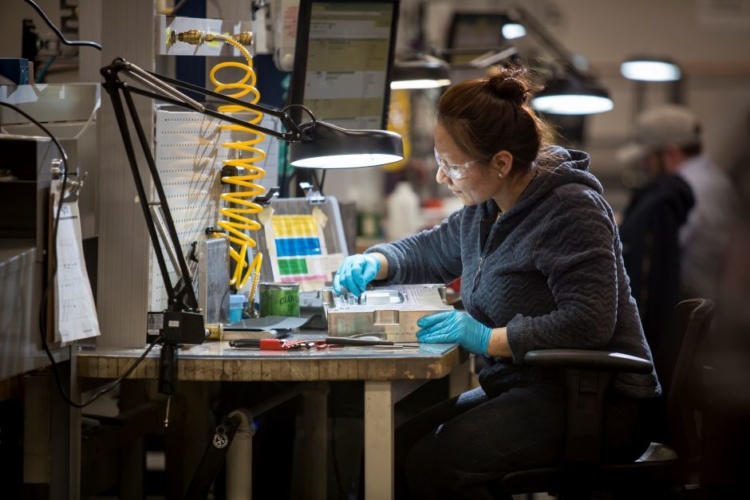While no one could have predicted the Covid-19 pandemic, it has highlighted how global trading systems are vulnerable to disruption. Current manufacturing supply chains in particular will need to evolve if companies are to survive future crises, which is why the UK Government has been quick to draw up Project Defend – a risk mitigation strategy to end Britain’s reliance on China for key imports.
Expert Q&A: Engineering a response to COVID-19
European automotive sector facing unprecedented change
This is not news for many companies, who have already started looking at ways to increase their supply chain resilience through reshoring where possible. Yet this approach on its own is not the whole answer, as the Covid-19 pandemic affected many UK suppliers of key goods too.
Procurement has largely been driven by cost and just-in-time efficiency, so there does need to be some rebalancing towards greater resilience. While single source suppliers can - to an extent - drive down prices through volume and improve efficiencies, if one link in the chain goes down it can stop the production line completely.
Trying to predict future crises and their effects on business is not really feasible, instead it is better to mitigate supply chain risk and improve the visibility of your entire supply chain by analysing where shortages of parts, components or even raw materials are critical.
The current crisis highlights the point perfectly. A survey conducted by CIPS showed that the coronavirus outbreak has disrupted 86% of supply chains and also found that 62% of respondents only found out about the impact after being warned by a supplier. Worse still, 37% found out when a supplier actually failed to deliver.
Mapping the entire supply chain could be a massive undertaking for some organisations, but, as a report by Deloitte highlights, new technologies are emerging that help improve visibility and therefore support a company’s ability to resist shocks.

Digitalisation of the supply chain is a way that companies can begin to strategise and achieve business resilience against disruption. Big data analytics can help firms to streamline their supplier selection process with cloud computing increasingly managing supplier relationships and logistics.
When you have this visibility, then you can confidently assess and balance the risks and costs and construct your supply chain accordingly.
Such mapping will identify vulnerabilities as part of a bigger analysis, allowing professionals to assess the degree of risk and whether it is worth sourcing secondary suppliers or explore other options such as stocking critical components.
Part of that information flow means that organisations need to view risk not just with direct suppliers but also with tier two, tier three and even suppliers further down the chain. This is where technology comes in to provide better end-to-end visibility, better predictive analytics and smarter automation. It’s no longer just about producing a billion products at the lowest possible cost, but also customising and flexing based on market demand and future risk.
Some materials and parts may be more critical to the production process than others, in which case delays to certain components could lead to larger losses in production than you may ever realise.

There are of course numerous ways that you can mitigate risk. Having a buffer stock of critical items is one solution and a second is to explore other sources of supply. Mapping the entire chain will also show pinch points where there could be a problem and allow managers to assess how serious that issue could become.
Both are potential solutions. In the face of the pandemic, the CIPS survey shows that almost 58% of procurement professionals said they would move away from single sourcing to mitigate risk and 47% said they would look to increase stock levels in the future.
Even with these safeguards in place, there are still risks of potential gaps in supply. It takes time to turn on a secondary supplier or increase their turnover to meet demand. Stocks can soon run down unless you have a large warehousing capacity or suppliers who will hold consignment stock on your behalf.
Also, what is to stop your competitors taking the same steps? There could be a lot of demand for emergency production from your secondary supplier, which leaves you in a bidding war or more likely a shortage of parts.
I would argue that for critical manufactured parts that can bring your production line to a halt, you also need a rapid response supply to cover the potential gap.
Advances in technology have seen the emergence of rapid response manufacturers who can turn around parts and components in as little as 24-hours. These companies provide prototyping and on-demand production services with a business model designed for speed of delivery, without compromising quality.

It’s an end-to-end digital thread that begins with an automated manufacturability analysis of the CAD models before translating to high speed manufacturing equipment on the shop floor.
In the past on-demand manufacturers have been used to bridge the production gaps between product development and market launch. Take injection moulding - the production of steel tooling can take weeks or months and, in the race to be first to market, this can be critical.
One answer is to bridge the gap with manufacturers who can produce bridge tooling from aluminium in as little as a day and then quickly manufacture thousands of parts. This is not meant to be a long-term solution, rather an answer that bridges the gap and leads to manufacturing much higher volumes.
This begs the question…why can’t such technology be used to bridge other supply side gaps, especially if you have identified some key potential problem areas after mapping out your supply chain network?
It is time for procurement professionals in manufacturing companies to assess their supply chains and identify areas where a disruption would prove serious. There are many ways to mitigate such risk and some of these solutions are not always immediately obvious.
The good news is that if you do use an on-demand manufacturer as part of your supply side risk mitigation strategy, then they should have the systems already in place to respond quickly. After all, it is their business model to do so and it could be the costly difference between shutting down your production line and keeping it running.
Bjoern Klaas, VP and Managing Director of Protolabs EMEA





Project to investigate hybrid approach to titanium manufacturing
Sadly they will not be ordering any more presses from Wilkins & Mitchell http://www.historywebsite.co.uk/articles/Darlaston/WM.htm